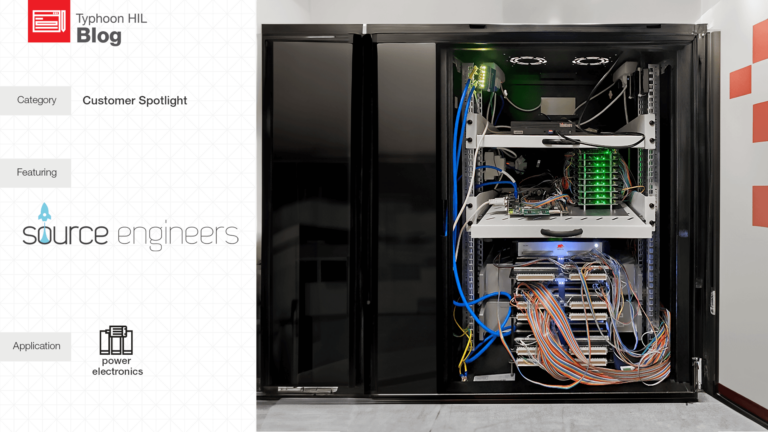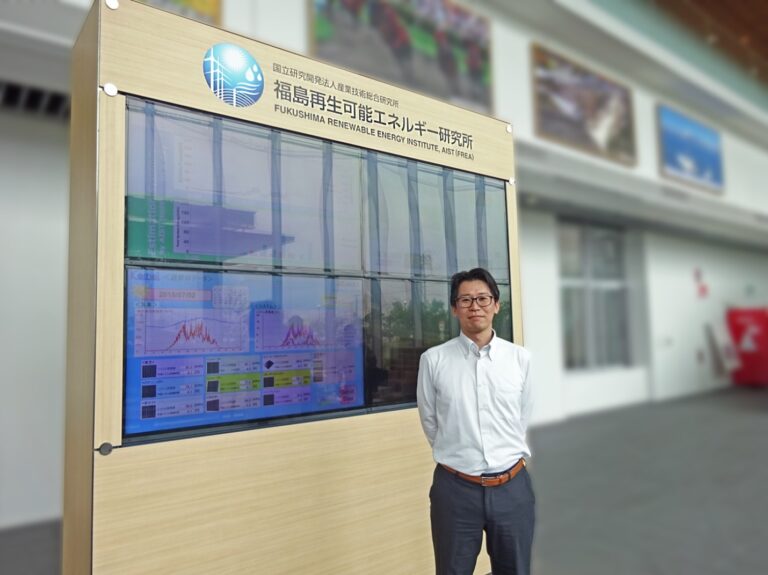Introduction
Until recently there were practically no Hardware-in-the-Loop (HIL) systems in the market developed specifically for power electronics and microgrid applications.
This meant that only large companies in rail and aerospace could afford to add some power electronics HIL functionality on top of their general-purpose HIL systems.
Nowadays, with powerful system-on-chip devices that combine the flexibility of general-purpose processors with the low latency of the FPGA fabric, a multitude of new vendors are competing for their place in this promising market.
The multitude of competing offers and marketing messages creates confusion with the selection process. This document will attempt to clarify by pointing out six important criteria that need to be considered when selecting your next HIL system.
1. Ease of use and the learning curve
Ease of use and fast adoption rate of technology is nowhere more important than in academia which per definition has a large turnover of students and researchers.
If the system has a steep learning curve it is not well suited for academia because of the low academic return on investment rate. With an easy-to-use system, the researchers and staff turnover is not an issue and the HIL system can provide value for every generation of researchers and students.
Likewise, when considering the introduction of hardware-in-the-loop technology into classes ease of use is very important. The motivation is clear. The requirement to cover more and more material in an ever shorter time does not leave time to learn tools, and it should not. The good tools work, are easy to use, and are logical and self-explanatory. What is most important to you when adopting a new tool?
Share your thoughts below and register for one of our webinars to learn methods and tools to optimize control software.
2. Publication productivity
One of the major hurdles in the publication process used to be the requirement to show experimental results. The higher the power, the more difficult it is to show meaningful experimental results.
Thanks to the hardware in the loop technology the control development and testing of high-power microgrids and power electronics converters are now wide open field, provided that you select the HIL system that has high enough fidelity, a rich library of components, and is easy to use.
3. Numerical stability
Power electronics systems present a considerable modeling challenge mainly due to the extreme range of important time constants that cover the range from nanoseconds to weeks. Few general-purpose simulation tools are able to cover this range, which is one of the key reasons why HIL technology is slowly replacing scaled models of actual installations.
When you expect your hardware-in-the-loop investment to help you attract industrial projects it is very important to look for a system that has a proven track record in the industry and has proven long-term numerical stability.
4. Technical support
Every HIL system provider claims first-rate technical support, therefore the effectiveness of enquiring about technical support quality is limited. A far better strategy is to investigate how many different tools the offered HIL system needs.
The fewer software (and hardware) tools needed the better because maintaining compatibility between tools from different vendors is impractical. Be wary of the HIL vendors who claim exceptional technical support and user experience yet build their systems with a multitude of “industry standard” hardware and software tools.
Always look for HIL systems that offer integrated software and hardware and for the HIL vendor who accepts system (user experience) level responsibility.
5. The flexibility trap
Be wary of the systems whose unique selling proposition hinges on flexibility. If you are in the market for a power electronics or microgrid HIL system you are primarily looking for a system that will work reliably, provide repeatable results, and is easy to use.
What typically hides behind the claims of flexibility are platforms that you will have to spend countless hours customizing while all the time struggling with the limitations of third-party tools that are out of your and your hardware-in-the-loop vendors’ control.
If you are unsure about your HIL systems use case it is a far better strategy to spend time up-front to clarify the use case than to rush into an investment with dubious payback terms. Once the use case is clear it is usually a quite straightforward process to select the tool that satisfies your HIL needs.
6. Academic return on investment
A good way to measure the academic return on investment is to measure the amount of research, industrial collaboration, and learning achieved per dollar spent on the HIL system; in the true vernacular, “Bang for the Buck.” A HIL system selected with points 1-5 in mind has a very good chance to provide an excellent academic return on investment.
There are many considerations to take into account when evaluating your next HIL platform. In the fast-moving field of power electronics and microgrids, this is becoming more of a challenge in part because the number of competitors in the market is increasing and because making a HIL setup looks like a great project for power electronics and microgrid researchers and students.
We hope that this guide will help you avoid some major pitfalls in your quest to upgrade the research, industrial collaboration, and teaching capabilities of your academic institution with the first-rate HIL solution that is the best match for your needs.
Credits
Author | Nikola Fischer Celanovic
Visuals | Typhoon HIL
Editor | Debora Santo



